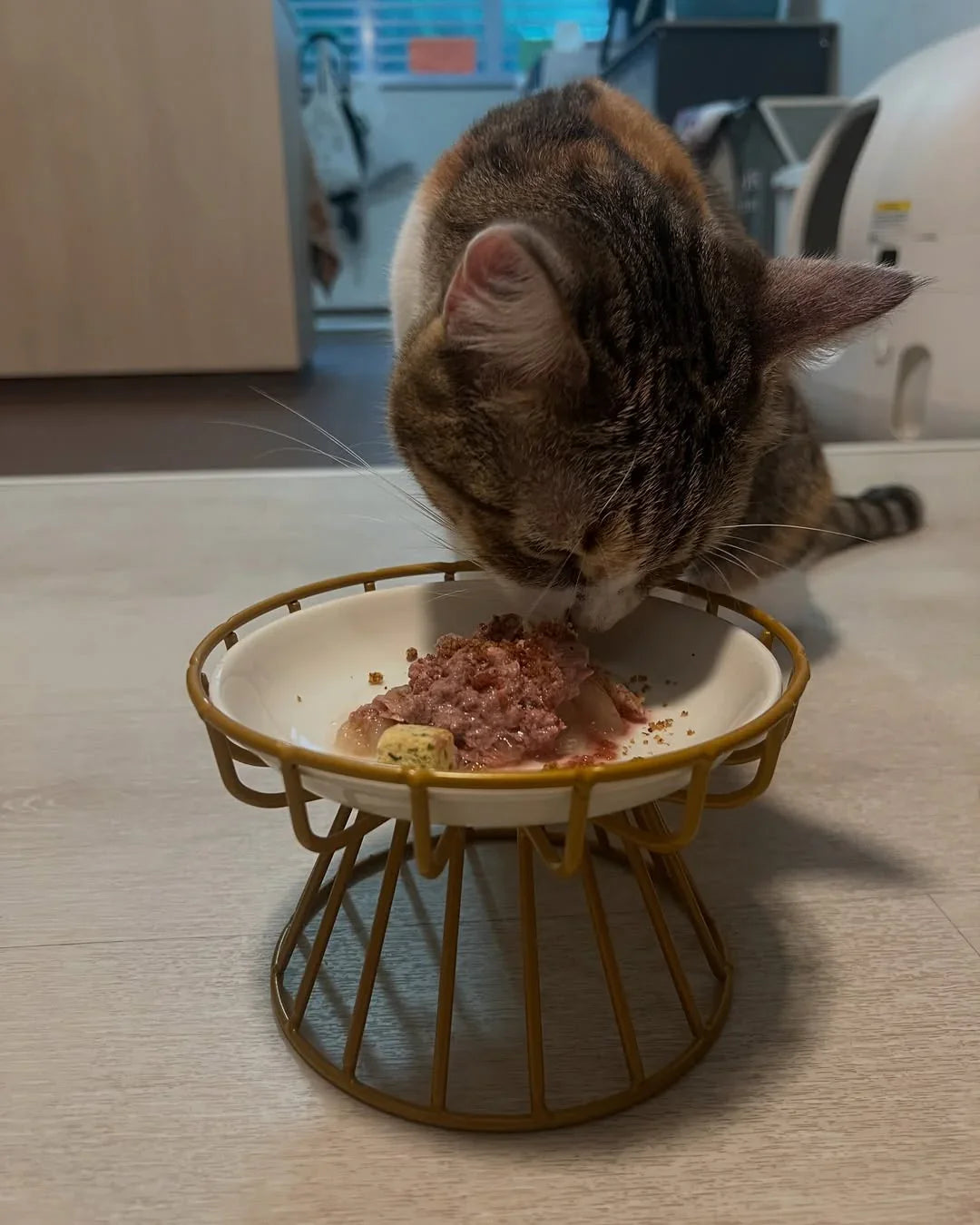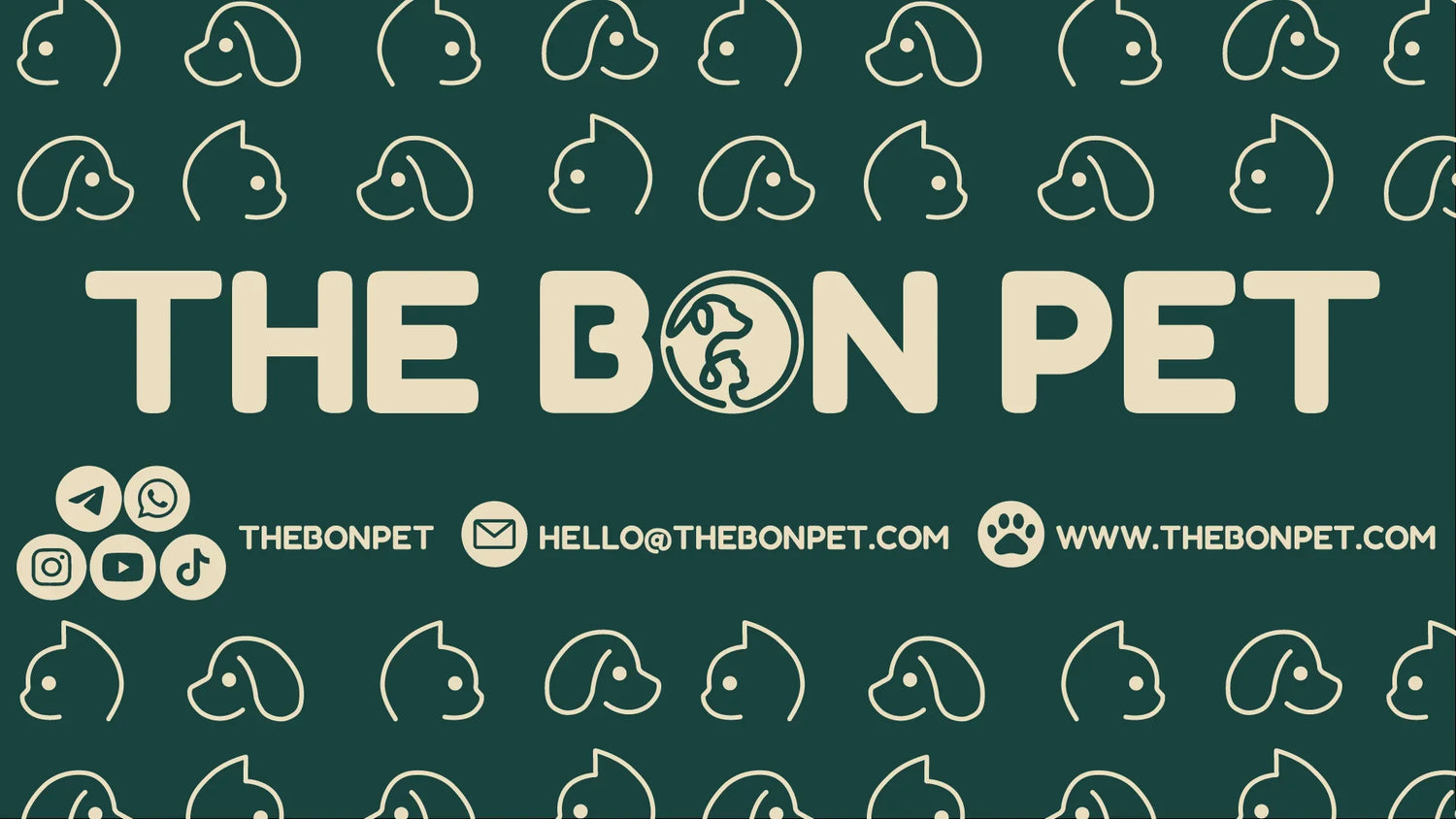
Kibble vs. Fresh Food: Which is Better for Your Cat?
When it comes to feeding your cat, the debate between kibble and fresh food is a common one. Both options have their own set of benefits and trade-offs, and the choice ultimately depends on your cat’s needs and your lifestyle. Let’s explore the key differences to help you make an informed decision.
The Case for Kibble
Brand Assurance
Kibble from reputable brands such as Purina, Hill’s, and Royal Canin comes with the assurance that it meets AAFCO, NRC, or FEDIAF nutritional standards. These brands invest heavily in scientific research to ensure their products are safe and balanced.
Ease of Feeding
Kibble is incredibly convenient. It has a long shelf life, is easy to store, and can be used with auto-feeders to ensure your cat is fed even when you’re not home. For cat owners with unpredictable schedules, kibble offers unmatched practicality.
However, kibble diets come with trade-offs. They are typically low in moisture, highly processed, and may contain artificial additives to enhance taste and meet nutritional requirements. These factors can affect your cat’s hydration, digestion, and overall health.
The Case for Fresh Food
Hydration
In a study published by the British Journal of Nutrition, researchers found that high moisture (73.3%) diets are the most effective at ensuring proper hydration. Fresh food diets, including raw, cooked, and gently cooked meals, are rich in moisture, typically containing more than 70% water. This is crucial for cats, as they naturally have a low thirst drive and rely on food for hydration. Proper hydration reduces the risk of kidney stones and Chronic Kidney Disease, which affects up to 40% of cats over 10 years old.
Digestibility
Fresh food is less processed and more digestible than kibble. A study by the University of Illinois found that human-grade fresh food diets result in significantly less waste, with cats producing up to 66% LESS poop compared to kibble-fed diets. This is because fresh food contains fewer indigestible fillers.
Weight Control
Fresh food diets help with portion control and reduce the risk of overeating. Unlike kibble, which is often free-fed, fresh meals are portioned and lack artificial flavor enhancers, making it easier to maintain a healthy weight for your cat.
Addressing Concerns About Fresh Food
Safety Concerns
Fresh food, especially raw diets, can pose risks of bacterial contamination from pathogens like Salmonella and E. coli. To ensure safety:
- Use human-grade ingredients.
- Opt for cooked or gently cooked meals to eliminate harmful bacteria.
- Ensure the provider conducts regular lab testing for raw options.
Nutritional Balance
Fresh food diets must meet AAFCO, NRC, or FEDIAF standards to ensure they provide all essential nutrients. Avoid fad diets like the Prey Model Raw (PMR) unless they are scientifically formulated and vetted by a pet nutritionist.
Which Should You Choose?
Kibble is a reliable option for convenience and assurance of nutritional balance, especially for busy pet owners. However, fresh food diets offer superior benefits in hydration, digestibility, and weight control, contributing to better overall health.
Why Choose The Bon Pet?

The Bon Pet offers gently cooked meals that combine the best of fresh food benefits with the assurance of safety and balanced nutrition. Our meals are:
- Fully balanced, exceeding AAFCO standards.
- Made with 100% human-grade ingredients.
- Prepared using restaurant-grade techniques to retain nutrients and flavor.
- Ideal for sensitive stomachs with single-protein options.
- Compliant with strict food safety standards.
With The Bon Pet, you can provide your cat with a diet that supports hydration, digestion, and weight control while ensuring safety and convenience.
Conclusion
Choosing between kibble and fresh food depends on your priorities. While kibble offers convenience, fresh food diets like The Bon Pet’s gently cooked meals provide superior health benefits. By opting for fresh, balanced, and safe meals, you’re giving your cat the best possible nutrition for a longer, healthier life.


 WhatsApp us!
WhatsApp us!